How Are Typical Modern Sofas Made: Structure And Breakdowns
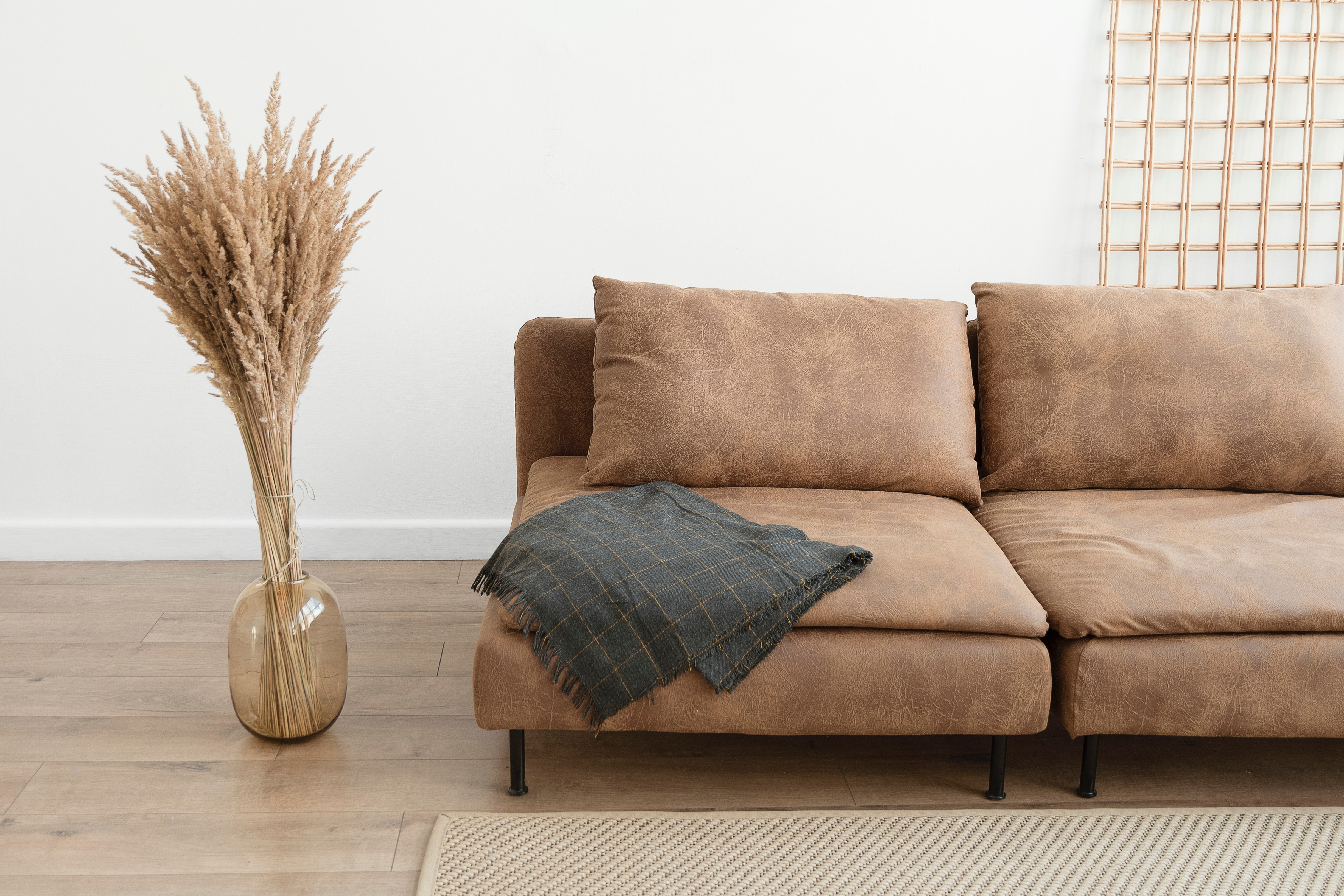
September 29, 2021
A sofa is often the most expensive piece of furniture we purchase for our home. To understand what are we paying for, I looked into how modern sofas are made.
The components
Structurely, a typical modern sofa is composed of a frame, a suspension system, cushions, and upholstery. The frame is the bone of a sofa, it provides the sturdiness and strength. The suspension system is a flexible support layer inbeween the structure and the cushions for the sitting and back area. Frame and suspension system form the foundation of a sofa. Then the fun comes - soft and pluffy cushions (or hard and firm ones if you insist) and the upholstery covers them.

The frame
Most sofas are made of wood frame, however, many modern designs also use steel frame. For wood frame, type of wood and fixing method determine the quality, skills required, and eventually the price tag. The most commonly used wood form is plywood.
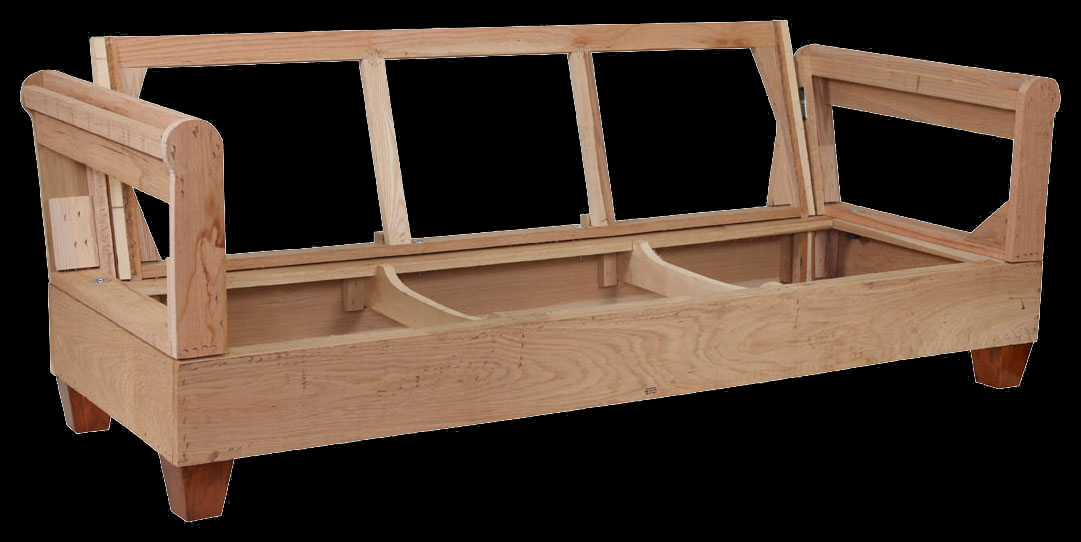
Hardwood such as oak, walnut, maple, and mahogany is denser, more durable, and more expensive. Softwood such as fir and pine is less durable and cheaper.
Common types of wood joints on sofa include Mortise & Tenon (the strongest), Double Dowel (good but tend to loose over time), and Corner Block Reinforced.
Common types of wood joints on sofa include Mortise & Tenon (the strongest), Double Dowel (good but tend to loose over time), and Corner Block Reinforced.
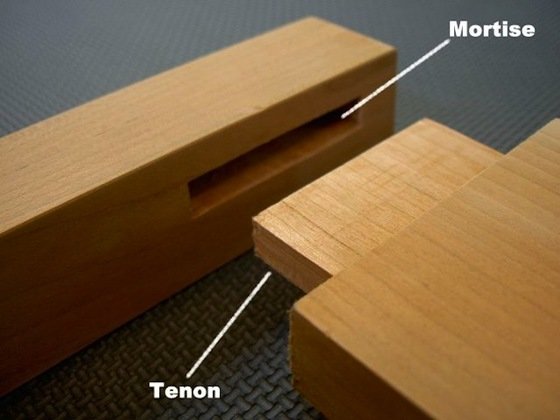
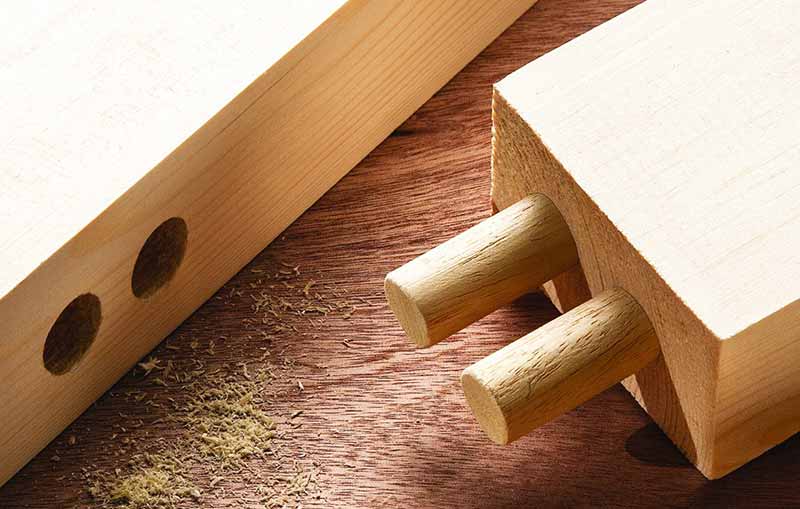
What I found interesting is that many sellers market their sofas as "kiln-dried hardwood", as if it's something special. The truth is, practically every commercial wood furniture is kiln-dried. It's a standard procedure to remove all moisture to prevent warping.
The suspension system
Commonly used suspensions include coil spring and polypropylene webbing.
The most recommended coil spring is the sinuous wire which hit the sweet spot of comfort, durability, and affordability. There are also drop-in coil and pocket coil, which tend to squeak and deform over time.
The most recommended coil spring is the sinuous wire which hit the sweet spot of comfort, durability, and affordability. There are also drop-in coil and pocket coil, which tend to squeak and deform over time.
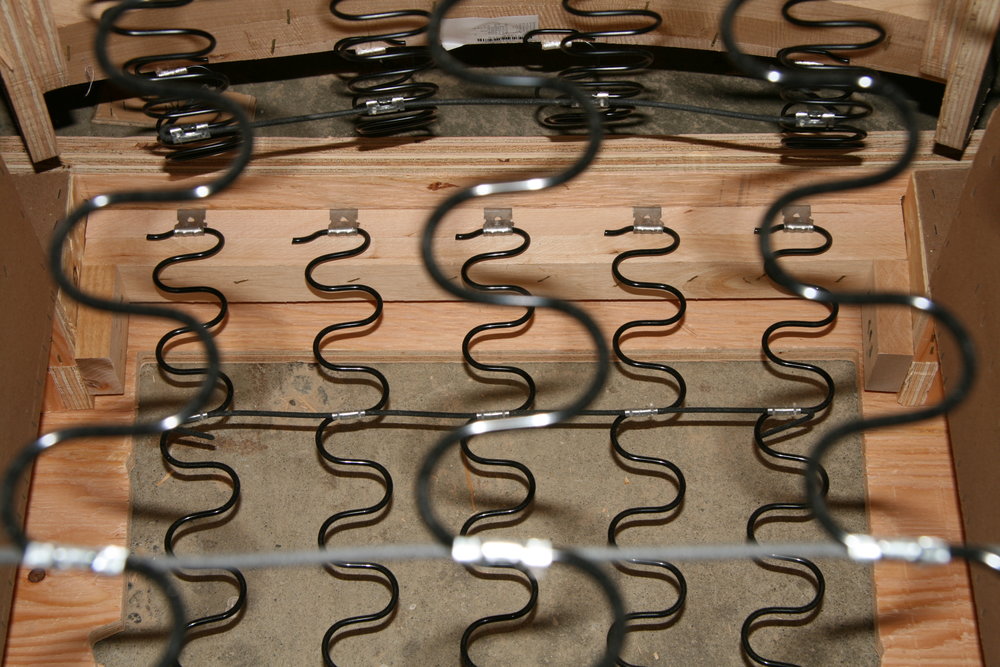
Polypropylene webbing is the same material used in outdoor gears. It's strong and lightweight compare to springs, but it doesn't bounce.
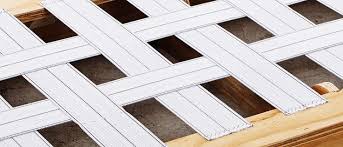
The cushion
Form, coil spring, down/feather, and latex are the cushion materials on the market. Polyurethane form is the most used due to its great properties and affordability, despite its environmental impact and potential hazard to human health, which is a topic on its own. Many cushions contain a combination of the four materials.
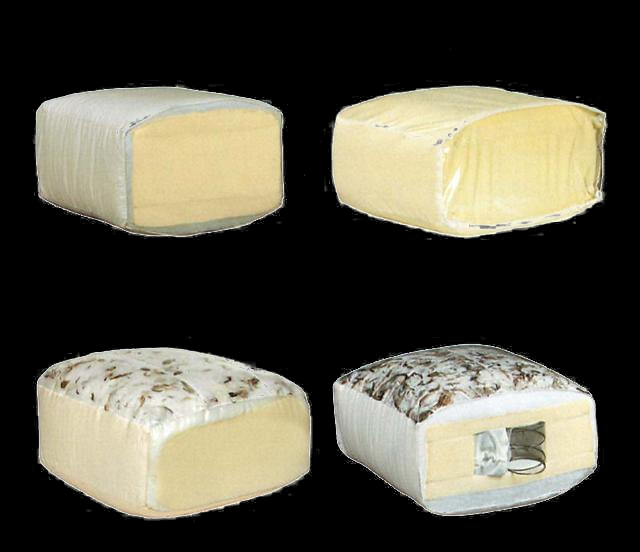
The upholstery
Natural materials such as cotton, linen, and wool are more expensive than synthetic materials like polyesters and olefins.
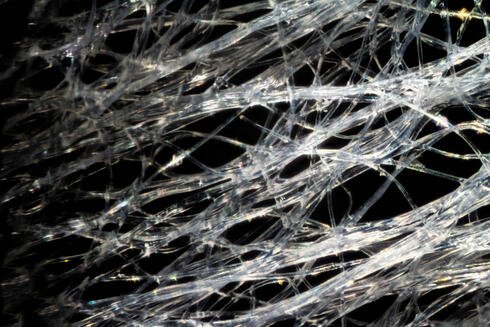
New material technology has introduced interesting heavy-duty and stain-resistant materials such as Crypton fabrics. I will dedicate another post to cover the innovation in this space.